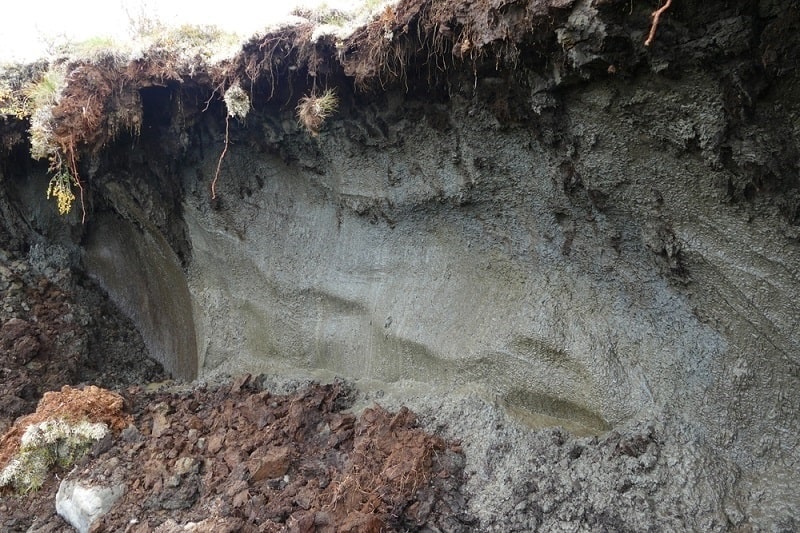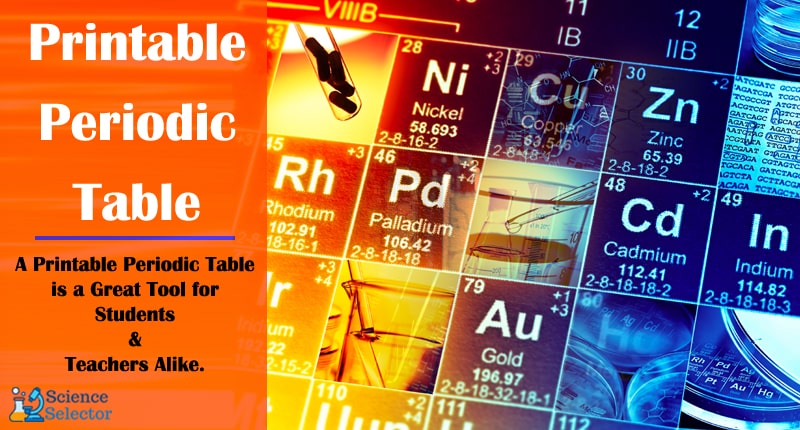Geoengineering proposes climate change solutions by deliberate and large-scale human intervention in the Earth’s natural climate system in order to reduce the intensity of global warming. That means, man taking action to help cool the planet by using clouds to reflect some of the solar radiation coming in.
What is Geoengineering?
The signing of the 2022 Paris Agreement was a historical mark in the history of this planet. As many as 196 countries signed an agreement to lower greenhouse gas emissions by 2022. However, January 2022 was the fifth hottest January since the practice of record-keeping was started in the 1880s. According to a post published by NASA, the average increase in the temperature was 0.78-degree Celsius (33.4 degrees Fahrenheit) above normal.
Such extreme changes in the environment are already showing their disastrous impact on the climate of the planet. These drastic changes prompted environmentalists and scientists to think of ways to curb or at least reduce the intensity of Global Warming. The increasing and fierce heat gave rise to the concept of Geoengineering.
Geoengineering also referred to as Climate Engineering focuses on two main principles to reduce the rising temperatures around the world. The first and the most logical principle is devising ways to reduce the emission of greenhouse gases. The second proposed solution to global warming includes the idea of using clouds to manage the amount of solar radiation that enters the Earth. These two processes as defined by the Intergovernmental Panel on Climate Change are the basis of Geoengineering.
Solar Radiation Management (SRM)
SRM which stands for Solar Radiation Management is one out of the two processes studied under Geoengineering. SRM focuses on the techniques that would result in reduced absorption of sun rays thus reducing the heat that enters the earth. The simple implementation includes reflection and deflection of sunrays away from the Earth.
The huge advantage that this technique holds over the reduction of greenhouse gas emissions is its immediate impact on climate around the world. Moreover, the technique is easily implementable and is less expensive when compared to greenhouse gas remediation. However, these techniques are not helpful in solving broader environmental problems like ocean acidification. But due to their instantaneous impact on the climate and reversible nature, these techniques are being suggested by many in the scientific community.
The four broad techniques that SRM is divided into include:
Surface-based: These techniques are applicable at the lithosphere layer of the atmosphere. Sunlight reflecting roofing materials help reflect the sun rays and reduce the heating effect of the sunlight. The other techniques include increasing the brightness of the ocean water and growing high-albedo crops to shade the surface.
Troposphere-based: This technique includes increasing the brightness of the clouds. The technique results in an increase in the reflective capabilities of the clouds. The clouds are sprayed with fine particles of seawater which makes them more reflective in nature.
Upper-atmosphere based: The technique works by creating artificial clouds to reflect sunrays before reaching the Earth. Aerosols and sulphuric acid compounds create artificial clouds.
Space-based: This involves using advanced equipment such as a space sunshade to prevent intense radiation from reaching the Earth’s atmosphere.
Greenhouse Gas Removal
The second proposed technique that comes under Geoengineering is to reduce and remove greenhouse gases from the Earth’s atmosphere. The main constituent of the emissions from vehicles and industries is carbon dioxide. The natural property of the gas is to absorb heat. This causes the rise in temperature of the Earth’s surface as well as the ocean’s surface. The results of the rise in temperatures are catastrophic and have already resulted in multiple storms and changing weather patterns around the world.
The basic and most natural technique to reduce carbon dioxide is afforestation or planting of trees. The other major technique that helps in greenhouse gas reduction is carbon air capture. The technique uses a reservoir for storing the carbon dioxide that is released from industries safely away from the atmosphere. This means that the gas does not escape into the atmosphere reducing its level to a considerable extent.
The Positive Impact of Geoengineering
There is a huge divide in the scientific and the environmental community on the impact of Geoengineering. Some believe it is just the correct time to implement the stated techniques before it’s too late while others suggest more research on the topic for future use.
One theory that suggests the immediate implementation of Geoengineering techniques is the positive feedback theory. According to this theory, the earth can face a major shift from the current stable state to a hotter stable one. This state will encourage the increase in greenhouse gases in the atmosphere. In that case, the degradation of glacial systems would lead to the release of ocean methane creating a system promoting the release of greenhouse gases from thawing permafrost.
However, the reason that can create such a drastic change is still unknown amongst the scientific community. The main advantage that applying Geoengineering techniques has to offer is the immediate relief it provides. According to certain experts, this will slow down the process of global warming. The slowing down would eventually buy us the time to figure out permanent measures to curb global warming.
The Darker Side of Geoengineering
The other half of the climate activists suggest that applying these practices could lead to creating more problems than solving the existing ones. According to various reports published around the world application of these techniques would make the planet dependent on artificial maintenance. Stopping the usage of these techniques would lead to rapid warming of the earth’s surface resulting in mass destruction. The other impact that these techniques would cause could be bringing about a change in the global heat budget. This would result in reduced melting of ice caps and the adverse impact eventually leading to lower availability of freshwater.
The application of Ocean fertilization could lead to a drop in the oxygen content of the water creating an imbalance in the marine ecosystem. Moreover, SRM space techniques could bring about a drastic change in the rainfall pattern around the world. All the techniques that come under the concept of Geoengineering have their effect limited to a local scale. This means that they do not necessarily collectively contribute to a healthy ecosystem leading to this debate.
The Middle – Geoengineering Research Answers
Both sides of this debate believe research in the field of Geoengineering is important. It could lead to conclusive answers on how to stop global warming. This single issue is one of the most important faced by humankind and the Earth. So, research into the impacts of all manner of Climate Change control, including Geoengineering, seems to be essential to our future.






